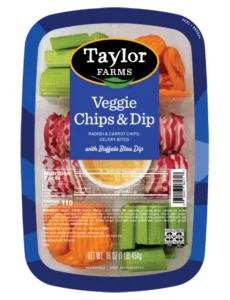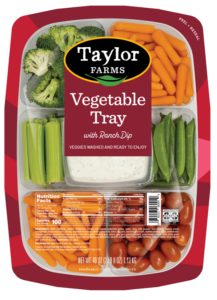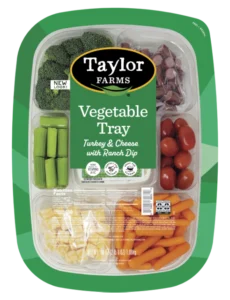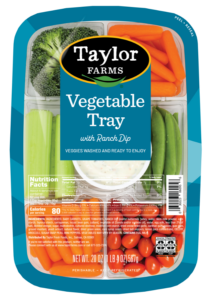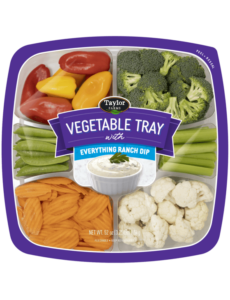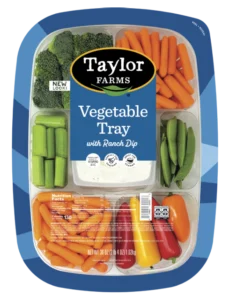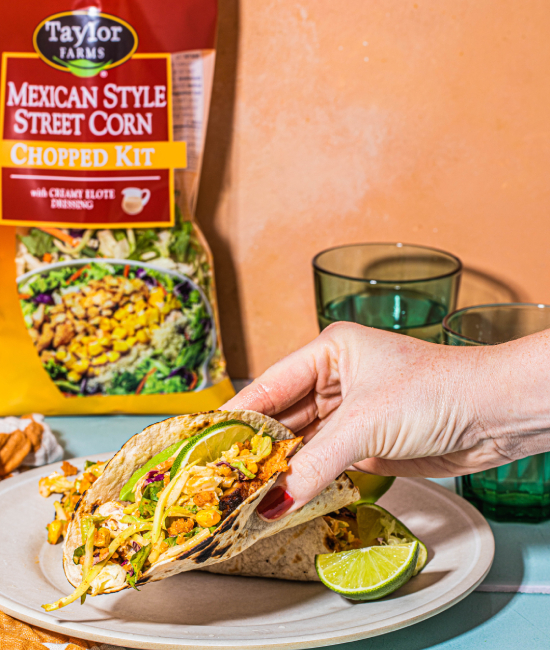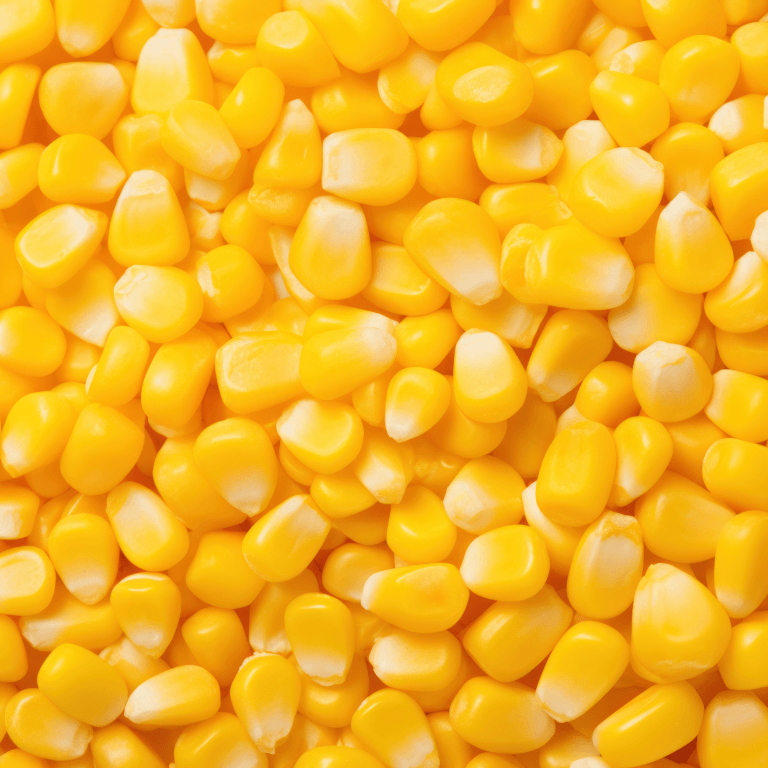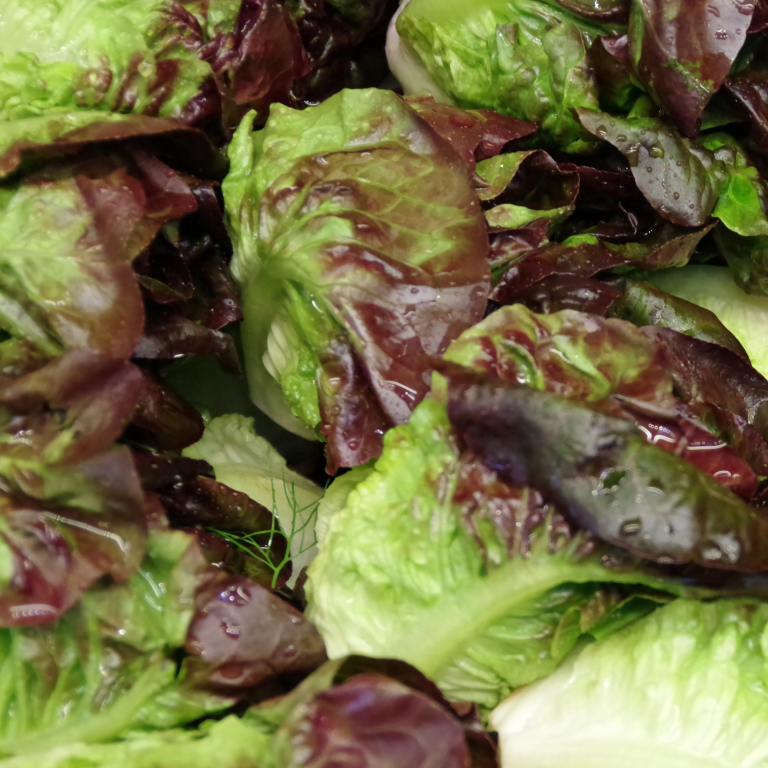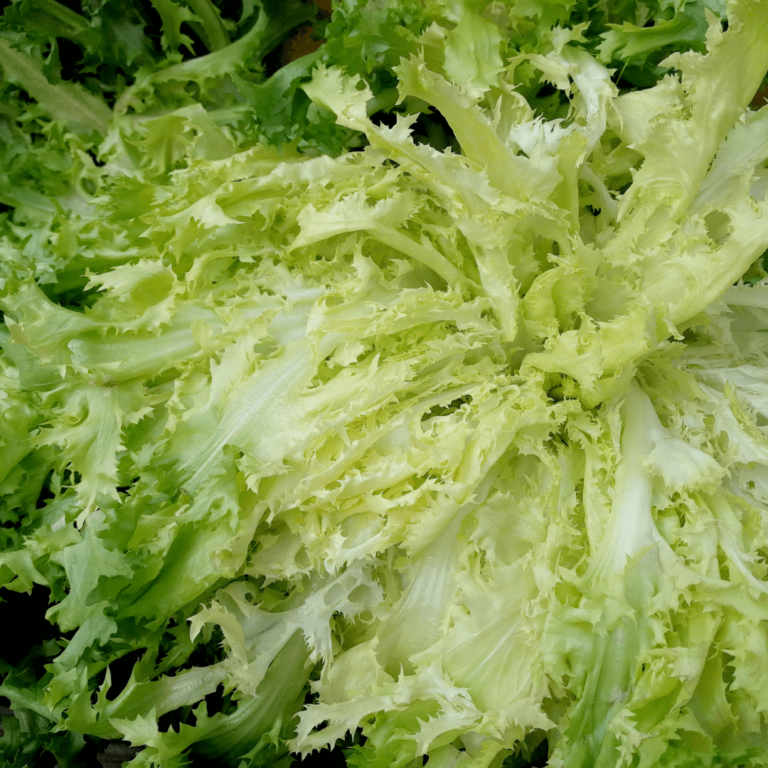Sweet Mini Peppers at a Glance
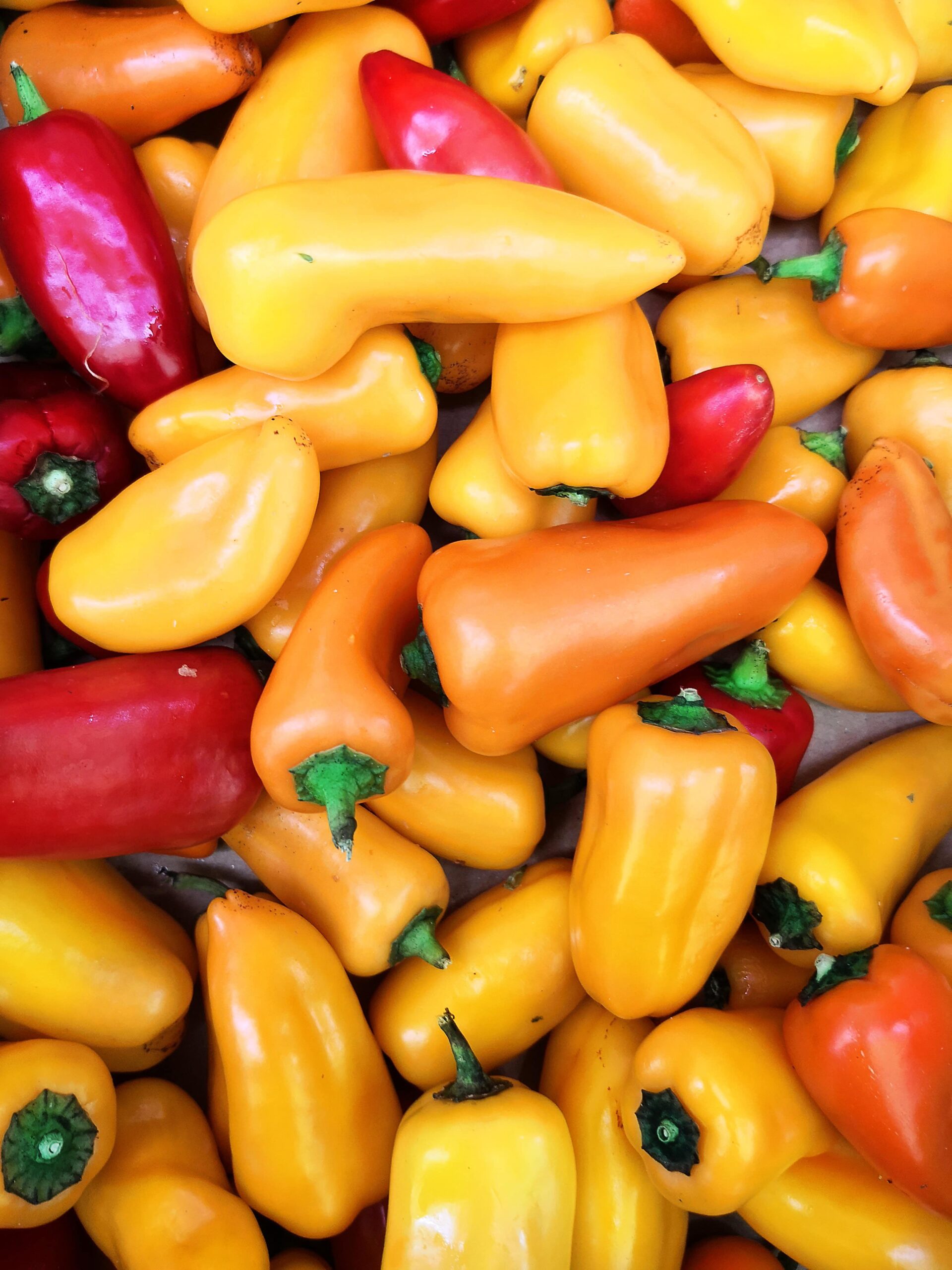
Scientific Name: Capsicum annuum
Family: Solanaceae
In Season: Typically available during the warmer months, from late spring to early fall, but can be found year-round in some regions
Varieties: Various colors, including red, yellow, and orange, with a sweet flavor profile; common types include Sweet Mini Bell, Sweet Mini Snack, and Sweet Mini Lunchbox peppers
Great for: Ideal for snacking, stuffing, roasting, grilling, or incorporating into salads and stir-fries, adding vibrant color and sweet flavor to dishes.
Sweet Mini Peppers Nutrition
Vitamins C and A
1-2 grams fiber
20 calories
Common Questions about Sweet Mini Peppers
Raw sweet mini peppers offer a satisfying crunch with a small burst of sweetness. Their crisp texture and juicy flesh provide a refreshing experience and a mild, sweet taste. These petite peppers are perfect for snacking, adding robust color and a hint of sweetness to salads or vegetable trays.
Cooking sweet mini peppers intensifies their sweetness while softening their texture. Roasting, grilling, or sautéing enhances their natural sugars, creating caramelized notes and a more concentrated sweetness. Their texture becomes tender and slightly smoky, imparting a rich, sweet flavor to cooked dishes. Cooked sweet mini peppers can be stuffed with fillings, added to pasta, pizza, or used as a flavorful topping for proteins, offering a sweeter and mellower taste compared to their raw form.
Growing sweet mini peppers
Check for size and color to know when they’re ripe. Depending on the variety, a mature size is about 2-3 inches in length. Look for rich, vibrant colors—such as red, yellow, or orange—depending on the specific variety, as these hues signify ripeness. The skin should appear glossy and smooth.
Purchased sweet mini peppers
When purchasing fresh sweet mini peppers, opt for ones that feel firm and heavy for their size. Avoid peppers with soft spots, wrinkles, or signs of shriveling, as these may indicate lack of freshness. The skin should be taut and smooth, without blemishes. Sweet mini peppers are generally ripe and ready to eat when they display their characteristic vibrant color and feel firm and plump to the touch.
Begin by ensuring they’re dry and free from moisture. Place the peppers in a perforated plastic bag or a container lined with paper towels to absorb excess moisture. Store them in the refrigerator’s vegetable drawer, ideally around 45°F (7°C). Avoid washing the peppers before storing, as moisture accelerates spoilage.
Sweet mini peppers can stay fresh for about one to two weeks when stored properly. Check them periodically for any signs of shriveling or soft spots, and use them promptly to enjoy their optimal freshness.
Absolutely, you can freeze sweet mini peppers to extend their shelf life. Here’s a simple guide:
- Wash the sweet mini peppers thoroughly and dry them completely.
- Remove the stems and seeds, then slice or chop them according to your preference.
- Lay the prepared peppers on a baking sheet in a single layer, ensuring they aren’t touching each other.
- Flash-freeze them for about 1-2 hours until solid.
- Transfer the frozen peppers into airtight freezer bags or containers, removing as much air as possible before sealing.
- Label the bags or containers with the date and store them in the freezer.
Properly frozen, sweet mini peppers can maintain their quality for around 8-12 months. However, note that their texture may become softer upon thawing, making them more suitable for cooked dishes rather than raw usage.
Sweet mini peppers are cultivated across various continents and regions worldwide. They are commonly grown in countries with suitable climates for pepper cultivation, such as Spain, the United States (particularly in California and Florida), Mexico, the Netherlands, and Israel. These countries have ideal conditions for pepper farming, including warm temperatures and adequate sunlight. Sweet mini peppers are often cultivated in greenhouses as lwell, allowing for year-round production in regions where the climate might not be optimal for outdoor growth.

How to cook & serve sweet mini peppers
Roasting or Grilling: Roasting or grilling sweet mini peppers caramelizes their sugars, enhancing their sweetness and developing a slightly smoky flavor. Toss them with olive oil, garlic, and herbs before roasting to elevate their taste. They’re great to serve alongside grilled meats or as a topping for pizzas and sandwiches.
Sautéing: Sautéing sweet mini peppers in olive oil or butter brings out their natural sweetness while still retaining a little bit of crunch. Combine them with onions, garlic, or other vegetables for a flavorful medley, or add them to pasta dishes or rice bowls for a burst of color and taste.
Stuffed: If you’re up for it, sweet mini peppers are ideal for stuffing with various fillings such as cheese, grains, or seasoned meats. Once stuffed, they can be baked or grilled until tender, creating a tasty appetizer or side dish.
Sweet mini peppers’ natural sweetness and deep colors can instantly enhance the visual appeal and taste of salads, sandwiches, and antipasto platters. Experimenting with different seasonings, herbs, or cheeses can help optimize the flavor profile and make sweet mini peppers a welcome addition to practically any type of cuisine.

